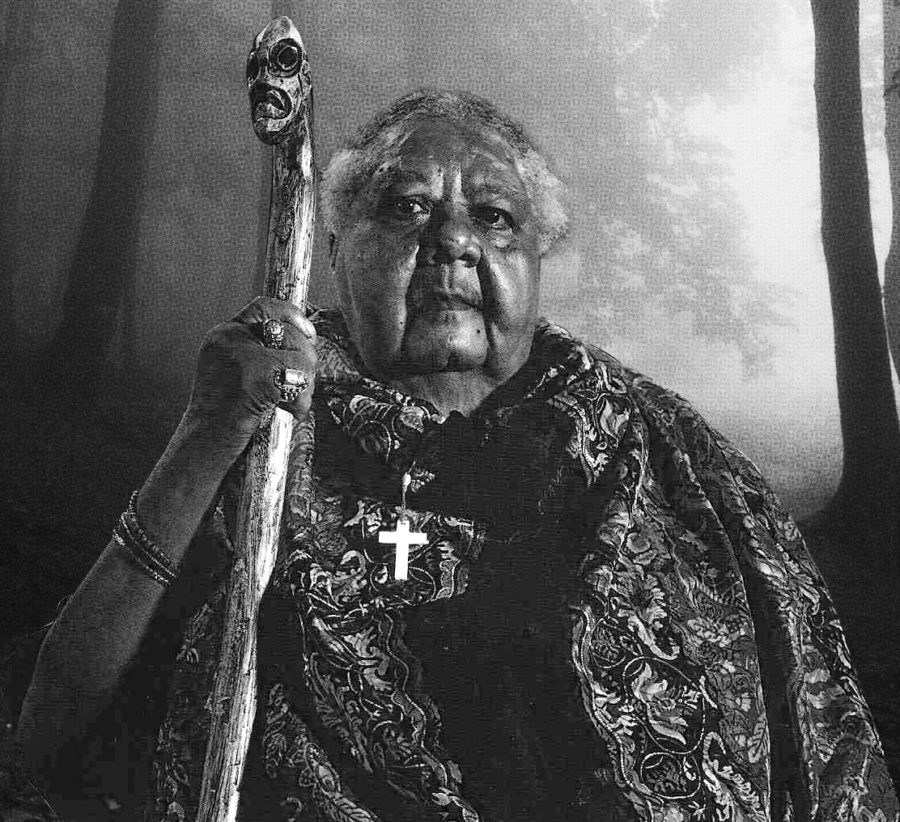
There is no one Gullah religion but there are a number of spiritual practices that are an amalgamation of West African rituals and beliefs and religion. At the beginning of the 20th century, Many Gullah-Geechee people practiced some form of traditional Christianity and Islam with folk traditions, including root medicine. Physicians coming to the region were expected to be both root and medical doctors.
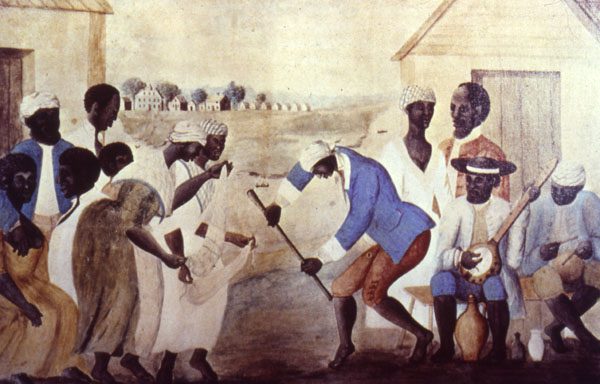
If you are planning a tour to the lowcountry, perhaps some of the things you see will make more sense after reading.
Haint Blue and Indigo
Design magazines attribute “haint blue” porch ceilings, doors, shutters and houses to “coastal living.” Truth is, those beautiful blue porch ceilings and accents you see on those big houses in Charleston and Savannah originated with Gullah-Geechee people. The blue is a light blue similar to Robin Egg blue or as deep as a rich Aegean blue, and mimics the sky or water (spirits have an aversion to water) and are supposed to ward off evil spirits and deter them from entering a home.
Boo hags are creatures that live to suck the energy out of victims they “ride” in the middle of the night. Victims enter a deep sleep after the boo hag depletes their energy, waking up tired and listless in the morning. By the time they wake up, the boo hag is long gone, redressed in the skin of another victim before the sun comes up so they can move undetected among the living. They are just evil, evil, evil. They find their way into victims’ homes through cracks, keyholes, an open window, the chimney… Boo hags have an aversion to Indigo blue and cannot enter spaces painted blue. They don’t like salt, so leaving a salt shaker on the nightstand can ward them off. But they also have a weakness: their attention span and an obsession with counting. Some Gullah people believe if you put a hair brush or broom in the corner of your room, the boo hag can’t resist counting the bristles of the brush and straws on the broom.
[Read: 5 Historic Gullah Homes to Visit]
Shape-shifting haints
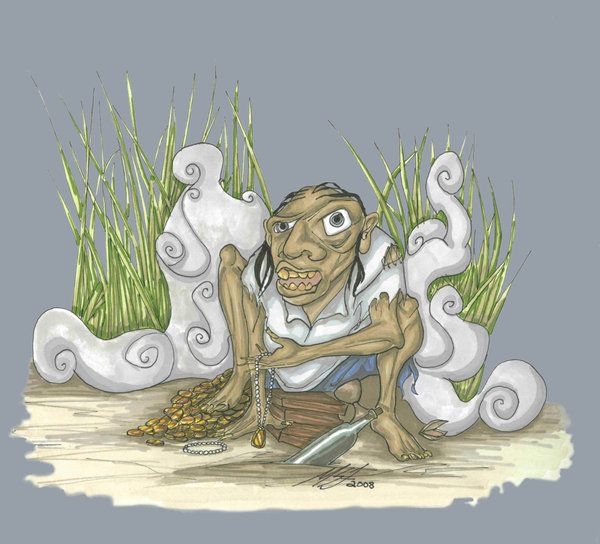
The Plat-eye (Plate-eye) is a shape-shifting spirit that is said to be the spirit of someone wronged on earth. They have large glowing eyes or one eye depending on the witness or storyteller. The plat-eye will be stationed at the place of their untimely death, prepared to harass anyone disturbing them. To ward off a plat-eye, lore dictates you carry a small burlap sack filled with equal parts of gun powder and sulfur. They detest the stench. But to get rid of one, it is said that you can hang blue bottles from your porch or create a blue bottle tree to trap them. Once inside the bottle, they will be killed by the morning sun hitting the bottle.
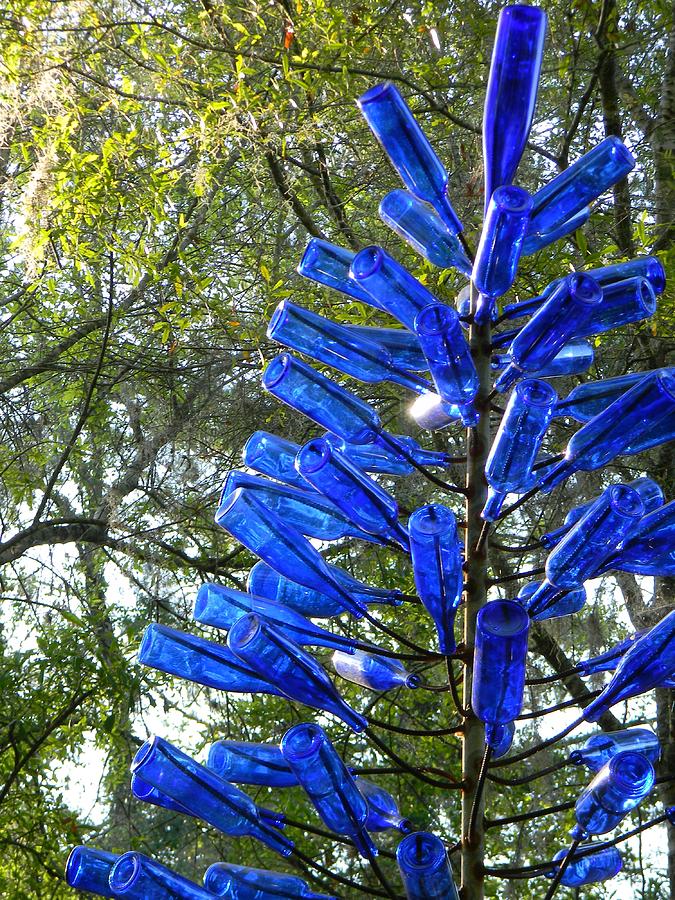
Root and Witch Doctors

St. Helena Island root worker, Dr. Buzzard, began his “practice” in the early 1900s. He claimed to be the son of a West African “witch doctor” who’d been enslaved and brought over to the United States. The elder doctor passed on his spiritual powers to the younger doctor, Dr. Buzzard. His real name was Stephan Robinson and people traveled far and wide for his services. After he died in 1947, his son-in-law took over the family business and worked under the name of “Buzzy.” The bigger question about Dr. Buzzard is, what kind of “work” did he do? Dr. Buzzard cast spells and put hexes on folk for a variety of reasons from punishing a cheating spouse/lover to affecting a jury’s outcome to mess with someone who had been messing with you and more. There were other root workers such as Dr. Bug, Dr. Eagle and others. The sheriff, J. Ed McTeer Sr., was a root worker or “white witch doctor” who specialized in removing spells and hexes cast by root workers. The most famous of all root workers was voodoo priestess Minerva – Valerie Fennell Boles – featured in the movie “Midnight in the Garden of Good and Evil.”

Mojos and Amulets
Though it is uncommon to see this now, it was not unusual to see people walking around wearing amulets for as many reasons as one would need to wear one. They could be for good luck, to attract love to you, ward off evil or to reverse a hex. Amulets are herbs – roots – sewn into garments, worn around the neck or wrist, or placed inside of shoes. Sometimes the secret mixture of herbs and roots is carried in a gris-gris or conjure bag and the content tossed where the owner wants it to land.
The bag is also referred to as a mojo. The color of the bag has to do with the desired outcome. Green is for money. Red is for love. White is for a baby blessing.

Some of the superstitions and rituals practiced in African American homes have their origins in Gullah-Geechee customs that are rooted in the traditions enslaved Africans brought to the Americas from Africa. If you are like many of us, chances are you recall an elder mentioning some of the legends or sharing what was perceived to be a superstition.
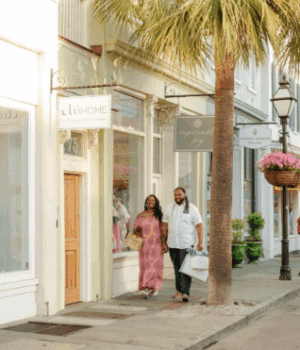




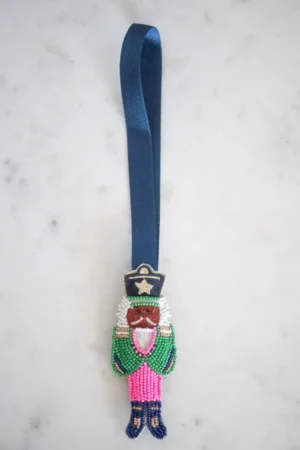
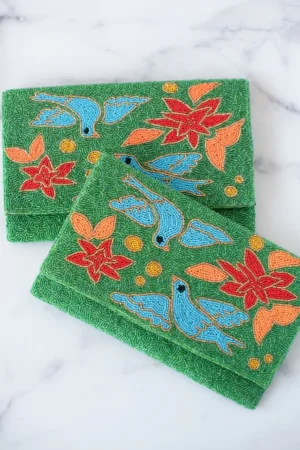

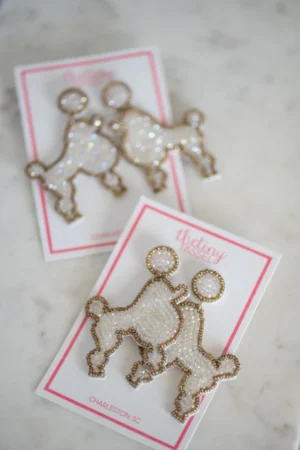
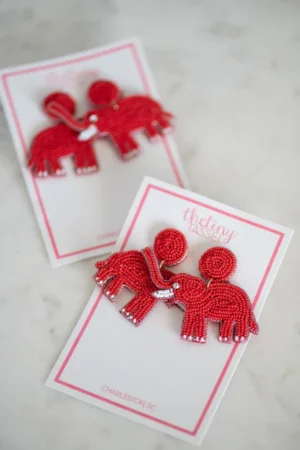
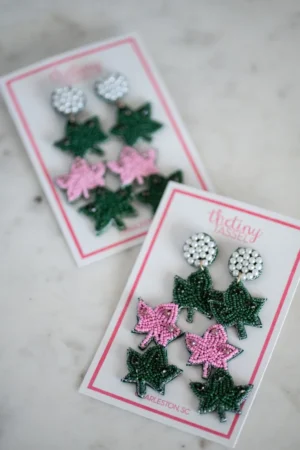
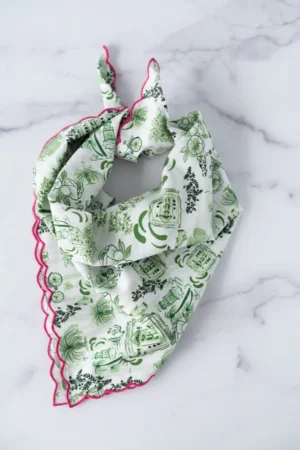




Very interesting I have about these story’s since was a little girl my mother was root worker but dare not speak about such things in public because you ostracized or even driven out of town so we keeped to our self’s and didn’t any one but God the people who came to see my mother said she was good & had the gift of sight she worked for alot of people rich & poor I saw alot of things I won’t talk about good story believe it’s true.
Do you know any good practitioners today? If so, Do you have any contact information for them?
I am a grandmother in need of a true practitioner. I have this man in my life that has taken my grand daughter and her mom. This man has literally torn my family apart.